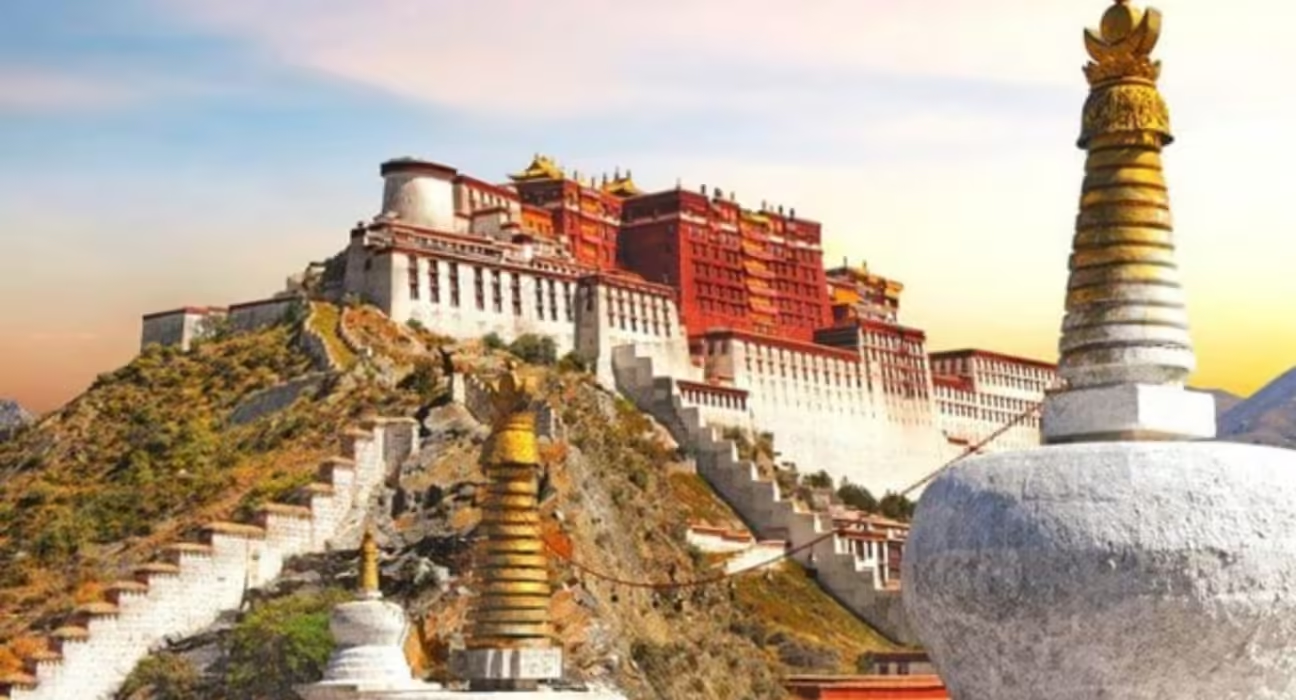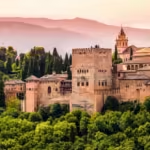The Potala Palace stands tall and majestic in the heart of Lhasa, the capital of Tibet Autonomous Region in China. This architectural marvel isn’t merely an emblem of grandeur but also a profound testament to Tibetan culture and spiritual history. It has witnessed centuries of change, conflict, and resilience, crafting a narrative that intertwines the past and present.
As we delve into the significance of this iconic monument, we will explore its architectural intricacies, cultural resonance, and the challenges it faces in a rapidly changing world. Join me in a detailed exploration of the Potala Palace, where each stone seems to whisper tales of devotion and tenacity.
The Architectural Marvel of Potala Palace
The architectural wonder that is the Potala Palace is not just a sight to behold; it is a seamless blend of functionality and artistry. Nestled at an elevation of over three thousand seven hundred meters above sea level, this structure is revered as the highest palace on Earth.
A Testament to Historical Vision

The creation of the Potala Palace dates back to the 7th century when it was originally constructed by King Songtsen Gampo as a fortress. This vision laid the foundation for what would become the winter residence for the Dalai Lamas.
Every corner of the Potala Palace reflects historical significance, from its layout to its construction materials. The initial design encompassed defense mechanisms, with thick walls and strategically placed watchtowers to guard against potential invasions.
Through centuries, successive generations expanded and enhanced the structure, with significant renovations taking place during the 17th century under the auspices of the Fifth Dalai Lama. Each era left its artistic imprint, showcasing the evolution of Tibetan architecture and the interplay between different styles influenced by Chinese, Nepali, and Indian artistry.
Unique Architectural Features
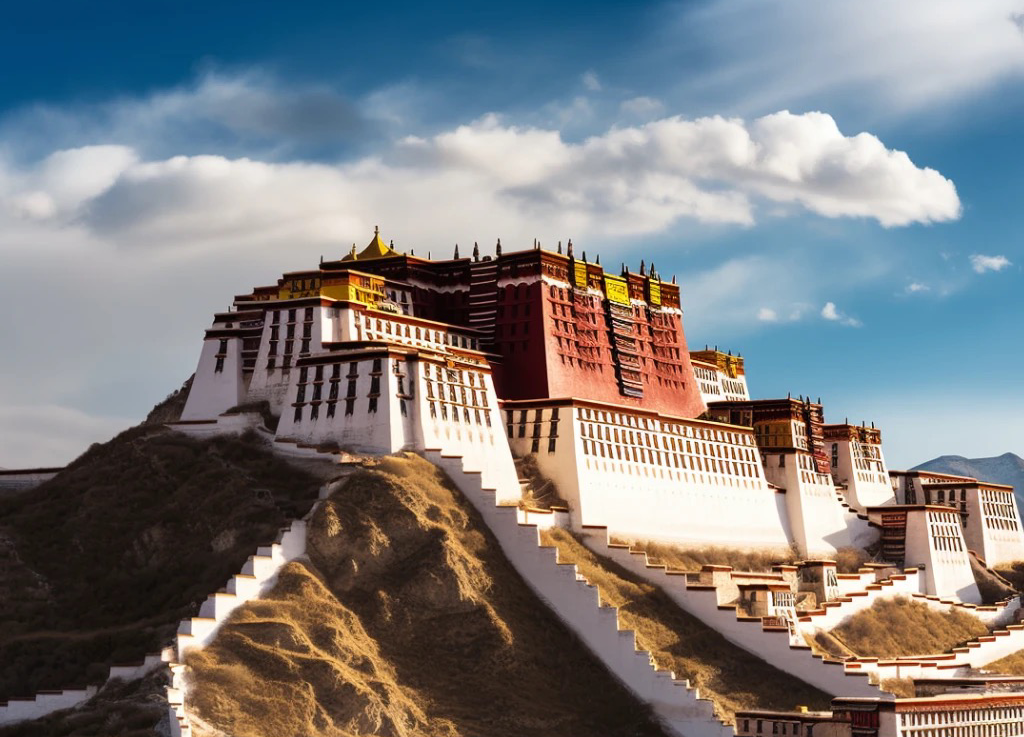
One of the most striking features of the Potala Palace is its dzong-style architecture, characterized by massive stone walls and tiered structures that ascend the hill. This design not only adds to the visual appeal but also showcases the ingenuity required to build such a monumental structure in a challenging mountainous environment.
Internally, the Potala Palace boasts over one thousand rooms, including chapels, living quarters, and administrative spaces. The vibrant murals that adorn the walls are not mere decorations; they are vivid retellings of Buddhist mythology that provide insights into the spiritual life of Tibetans.
Moreover, the intricate woodwork and the use of local materials demonstrate the harmony between human creativity and nature’s offerings. Each room is a microcosm of the larger Tibetan culture and belief system, revealing how deeply spirituality is embedded in daily life.
The Landmarks Within Potala Palace
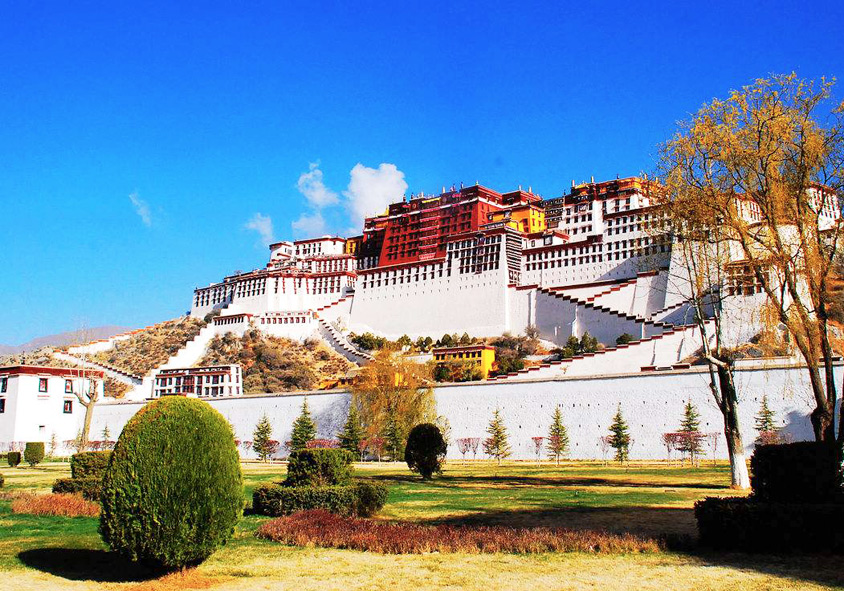
Visitors to the Potala Palace are often drawn to specific landmarks within the complex that hold immense cultural and religious significance. Among these, the Red Palace stands out as a hub for spiritual learning and practice.
The Red Palace houses the sacred tombs of past Dalai Lamas, surrounded by statues and artifacts that narrate their contributions to Tibetan Buddhism. It serves not only as a final resting place but also as an intellectual sanctuary where the essence of Tibetan Buddhism endures through teachings and rituals.
Another remarkable feature is the various assembly halls, where monks congregate for prayers and discussions. These hallways resonate with chants and the sounds of prayer wheels, creating an atmosphere steeped in tranquility and reverence.
In observing these elements closely, one can discern how the Potala Palace operates as a living organism, continuously adapting while preserving its core values and traditions.
Cultural Significance of Potala Palace

Beyond its stunning architecture, the Potala Palace embodies the cultural soul of Tibet, acting as a beacon for millions of Buddhist practitioners. It serves as a site of pilgrimage and a repository of Tibetan art and identity.
The Heart of Tibetan Spirituality

For many Tibetans, the Potala Palace is far more than a historical structure; it is the ultimate symbol of their spiritual quest. Pilgrims travel vast distances to pay homage to this sanctuary, seeking blessings and a deeper connection to their faith.
Sacred rituals performed at the palace echo through time, connecting contemporary practices with ancestral traditions. The spiritual energy is palpable, lending itself to transformative experiences for both locals and visitors alike.
This sacredness is further heightened by the presence of countless offerings made by devotees who seek to honor their deities. From butter lamps to intricate mandalas, these offerings speak volumes about the vibrancy of Tibetan spiritual life, cultivating a sense of unity and community among those who share these beliefs.
Preservation of Identity
The Potala Palace also serves as a custodian of Tibetan identity in the face of external pressures. As globalization expands and cultural homogenization threatens unique identities worldwide, the palace represents a steadfast reminder of what it means to be Tibetan.
The stories etched in its walls breathe life into the collective memory of the Tibetan people, nurturing a sense of pride and belonging. Events surrounding the palace, such as festivals and commemorations, reinforce the importance of community in maintaining traditions that have withstood the test of time.
Personal narratives interwoven with the heritage of the Potala Palace create a rich tapestry that garners empathy and understanding from those willing to listen. In recognizing these connections, we can better appreciate the resilience of a culture fighting to preserve its essence amid adversity.
Political Symbolism
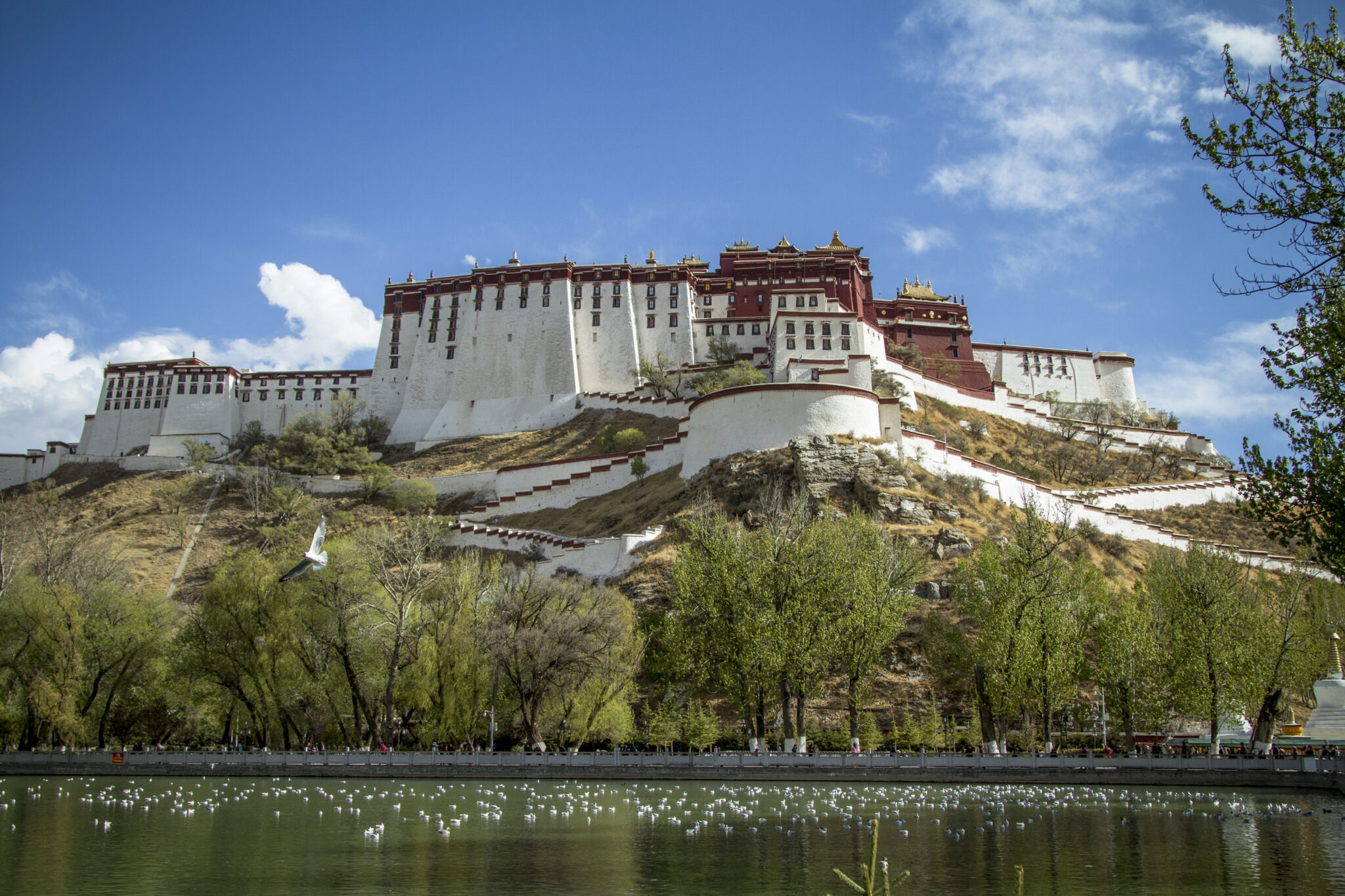
In addition to its cultural significance, the Potala Palace has emerged as a potent political symbol. The struggle for Tibetan autonomy and self-identification has cast a long shadow over the palace’s legacy, representing both hope and contention.
From the time of the 14th Dalai Lama’s exile in the mid-20th century to ongoing debates surrounding Tibetan rights, the Potala Palace symbolizes the aspirations of a people yearning for recognition and respect. It serves as a rallying point for activists advocating for the preservation of Tibetan culture and freedom.
Despite the complexities of its political context, the palace remains a place of resilience. The enduring spirit of the Tibetan people resonates through the corridors, reminding us that the fight for cultural preservation transcends borders and time.
Challenges Facing Potala Palace

While the Potala Palace continues to stand impressively against the backdrop of the Himalayas, it faces numerous challenges that threaten its physical integrity and cultural vitality.
Tourism and Its Impact

Tourism undeniably plays a pivotal role in the economic sustenance of the region. However, the influx of visitors to the Potala Palace poses significant risks to its preservation. Overcrowding can lead to wear and tear on delicate structures, while environmental factors exacerbate these challenges.
A balance must be struck between welcoming tourists and safeguarding the palace’s integrity. Sustainable tourism practices can be employed to minimize strain on resources while maximizing cultural exchange. By focusing on responsible tourism, we can create an experience that enriches visitors without compromising the palace’s dignity.
Climate Change and Environmental Factors
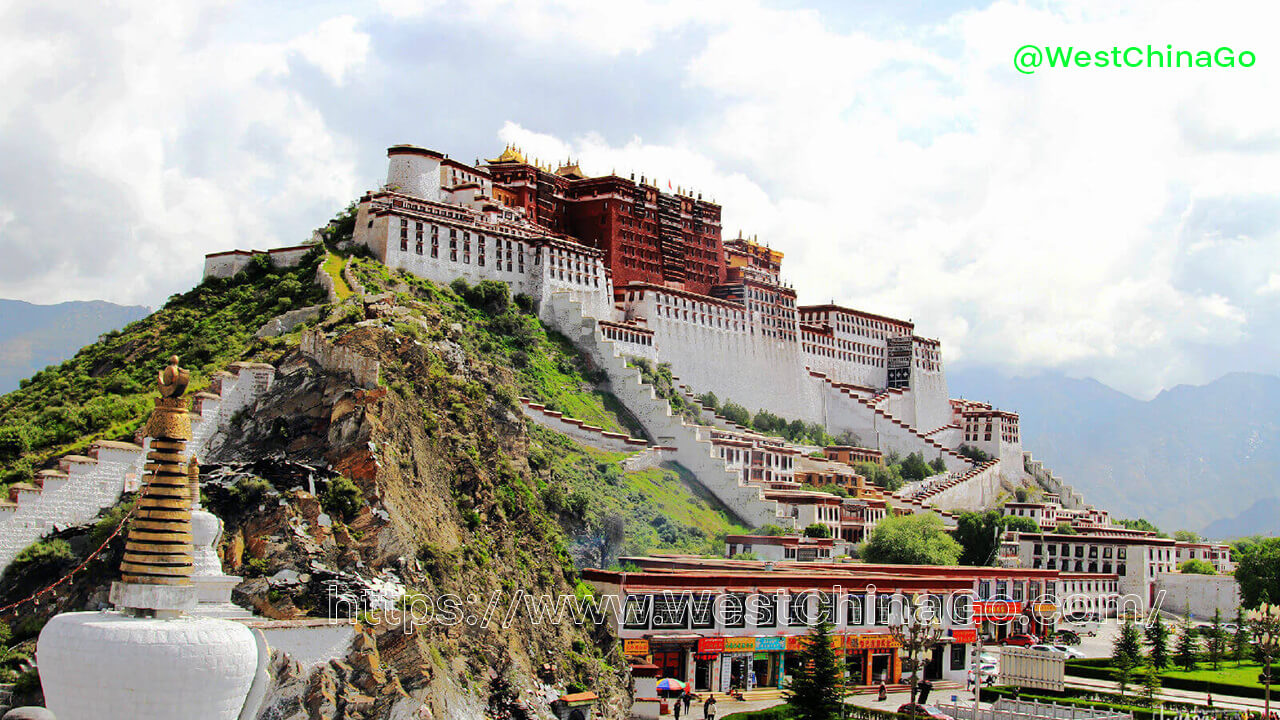
With climate change posing unprecedented threats, the Potala Palace stands vulnerable to the impacts of shifting weather patterns. The harsh high-altitude conditions can accelerate erosion, damaging the very fabric of this historic site.
To combat these issues, proactive measures are necessary. Conservation efforts that account for environmental changes can ensure the palace remains intact for future generations. Collaboration between local authorities, conservationists, and international organizations facilitates innovative strategies for protecting this vital heritage.
Cultural Erosion

In a rapidly modernizing world, the risk of cultural erosion is omnipresent. The younger generation may inadvertently drift away from traditional practices, jeopardizing the rich heritage that institutions like the Potala Palace embody.
Promoting awareness and education about Tibetan culture is crucial in reversing this trend. Initiatives that bridge the gap between modernity and tradition can help revitalize interest in cultural practices, ensuring the continuation of customs integral to the identity of Tibetans.
Conclusion

The Potala Palace stands as a symbol of resilience, beauty, and spirituality amid the winds of change. Its architectural splendor captivates hearts, while its cultural relevance binds people together in shared narratives of faith and identity.
However, the future of this monumental treasure hinges on our collective responsibility to preserve its essence. By embracing sustainable tourism practices, fostering cultural awareness, and proactively addressing environmental challenges, we can secure a brighter future for the Potala Palace and the Tibetan people.
As we reflect on the significance of this splendid palace, let us strive to keep alive the stories that shape our world, nurturing understanding and respect for the diverse cultures that exist alongside our own. The Potala Palace is more than stone and mortar; it is a beacon of hope, illuminating the path toward a more inclusive and compassionate future.
✉️ Stay Connected — Subscribe for Weekly Updates
Discover timeless stories, practical wisdom, and beautiful culture — delivered straight to your inbox.
*We only share valuable insights — no spam, ever.




